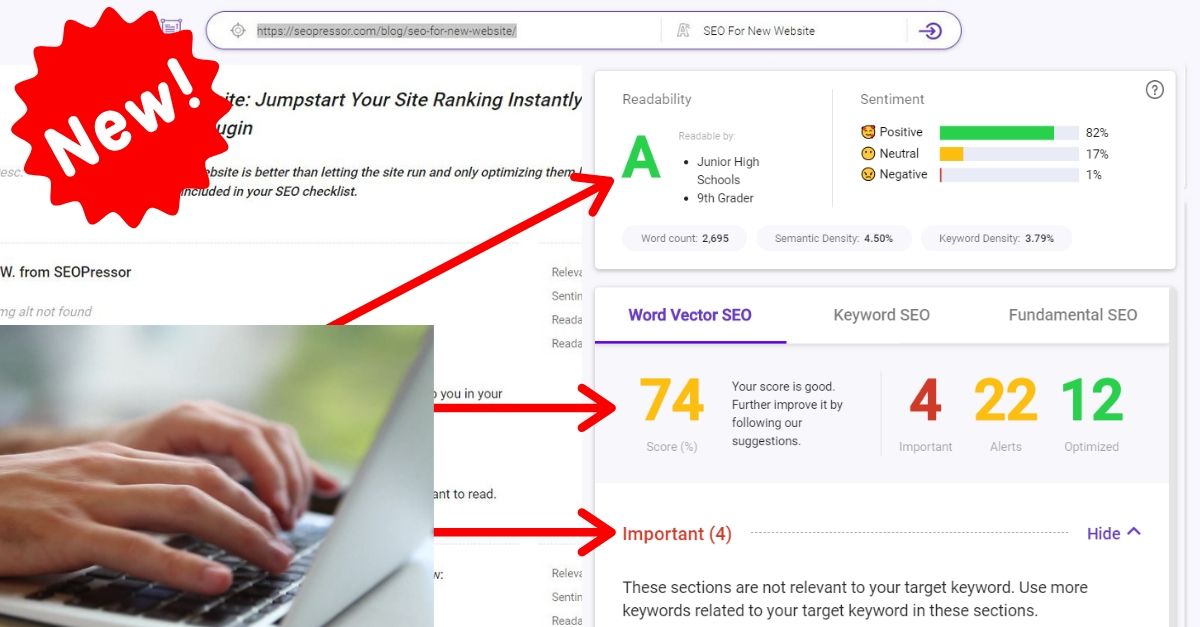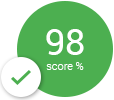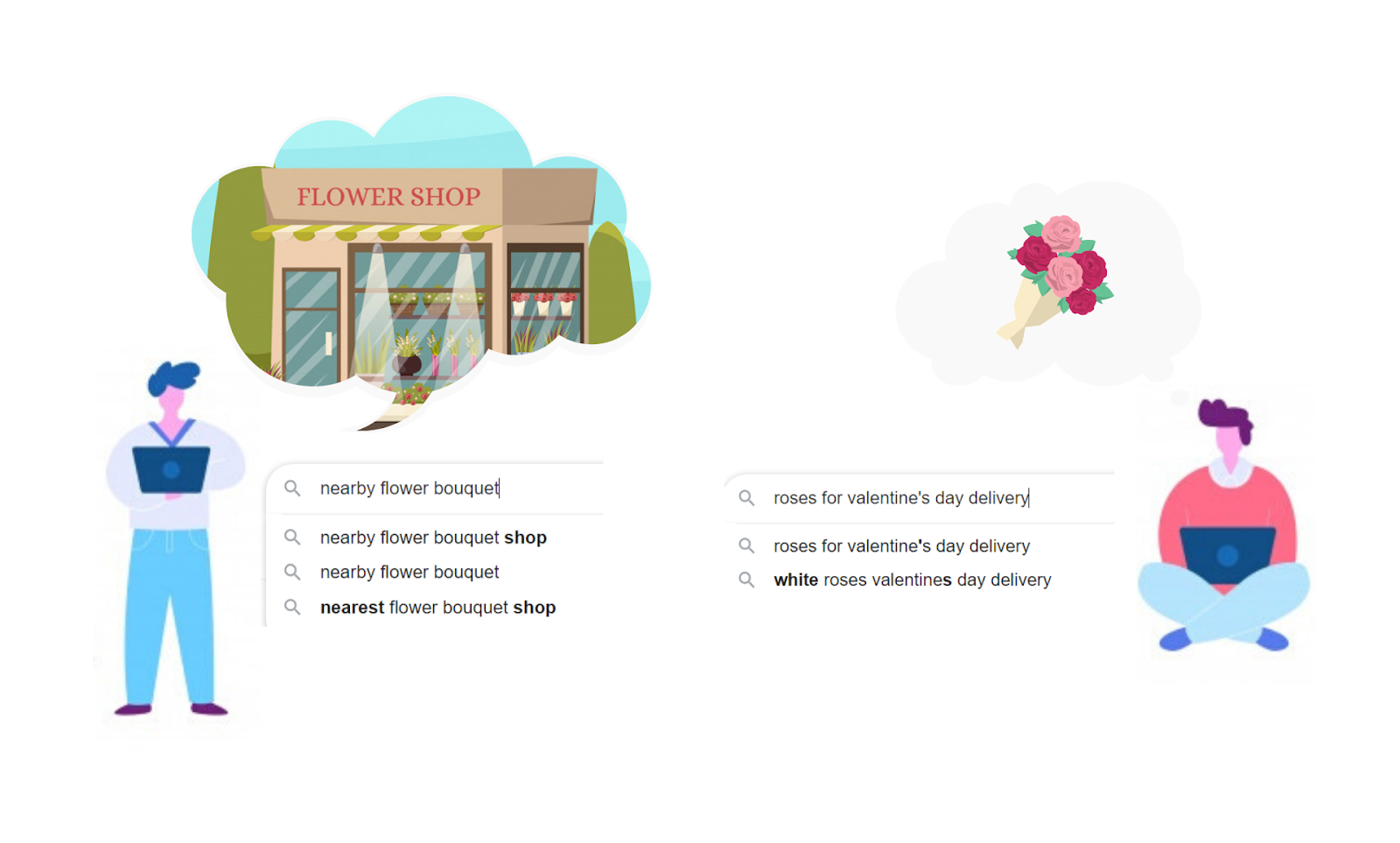Steph W. from SEOPressor


...help you check your website and tell you exactly how to rank higher?


81
score %
SEO Score

Found us from search engine?
We rank high, you can too.
SEOPressor helps you to optimize your on-page SEO for higher & improved search ranking.
By winniewong on May 5, 2020

An SEO strategy aims at getting more traffic to your site. As you rank higher in Google, the easier you’re able to attract a substantially larger audience to your site.
Undoubtedly, your business probably has more than one objective—to sell your merchandise, encourage referrals and have repeat visitors through an optimal experience.
A helpful approach you can get extra traffic to your website entails optimizing your content for phrases people commonly use.
But, for a business to convince prospects to purchase their stuff, subscribe to a periodic newsletter, or to visit your website another time, understanding search intent should be a part of your keyword research strategy as well.
Let’s look at what search intent is, how search intent helps SEO, and how you can optimize your blogs for search intent.

It’s the objective users have in mind when searching. An effective On-Page SEO keyword research strategy takes into account more than the raw use of keywords. And as a matter of fact, matching these keywords to search intent is of utmost importance.
A marketer, therefore, must appreciate the importance of search intent rather than only focus on selecting keywords. For instance, empathizing with your readers means you have to zero in on their pains, frustrations, wants, and aspirations.
What are their expectations after searching for a particular query? And correspondingly, how can you avail them of the optimal experience or solution while equally answering their question?
Because search intent pins down the problem, question, or query, it helps a business gain a firm understanding of the concern a searcher wants to be solved—this is what directs the terms a person enters into a search engine.
A business owner has then to ensure their SEO, keyword research and content strategy design satisfy user intent. But for you to drive people to your website, you must figure out what your readers want and then grant them the solution.
Here are the four types of search intent:
A searcher with this intent is after a specific website. Primarily, this means the person has an awareness of what they’re looking for and where to find it.
But, naturally, it’s relatively easier to use a search engine instead of typing the URL in its entirety. Another aspect of their concern maybe they’re uncertain of the exact URL.
Examples;

Here, the ranking aspect only translates to driving your organic traffic, especially when it’s your site the searchers are seeking.
The user’s intent here is to learn something. In other words, they wish to gain information. Searchers, therefore, might want answers to specific questions or a solution to one particular problem.
Searches with this intent frequently include words such as; “how-to” or “which is” or the alternative use of a subject (head keywords).
Even so, not every informational search is structure as a question.
Examples;

Many people are buying stuff online, and they are, therefore, visiting multiple websites to find the best deal. Such search queries indicate their intent to finalize a transaction, often through making a purchase.
Transactional search queries may factor in precise brand or product names. For instance, “iPhone 11.”
Alternatively, the phrases might be generic, like in the case of “vacuum cleaners,” with the keyword “buy,” “purchase,” and “order” at the front of the query.

In the above example, you can see that users are served the information, enough to decide whether to purchase or not. You can also deduce that the searcher is contemplating buying an item imminently—if not now!
Expressly, such queries illustrate that the prospect is approaching the business end of the customer journey or conversion channel.
Additionally, most local searches, for example, “Piano lessons in Florida,” are transactional as well. In this case, searchers are looking to sign up for a class.
Briefly, this intent evaluates the likelihood of prospects searching a particular phrase or keyword becoming potential leads or customers.
You can gather information regarding commercial intent by looking at the volume of people advertising on a singular keyword in Google AdWords.
Usually, web research is a firm indicator of a user’s intent to purchase in the future.
Examples include:

“What cooker would be the best?”
“Which video plugin is the most helpful?
Although these searchers have a transactional intent, they may, however, need additional time or convincing.
In many cases, it’s relatively easy to infer search intent from the keywords a searcher includes in the query itself. For instance, “online flight booking” is clearly transactional.
Alternatively, you will need to refer to the search engine results page (SERPs) and observe what Google displays in the results.
A SERPs page is an important Google feature that provides digital marketers insights about how the search engine responds to a user’s search query.
Let’s say you want to help people optimize their page speed. Should your keyword be just “website speed”? Let’s take a look at how the SERP sees the keyword.

As seen above, the SERP is mainly filled with website speed test tools. A better keyword to target for your objective would be “improve website speed”.
Let’s look at the SERP result again:

SERPs have a tendency to include not only organic search results but also paid Google Ads results, Knowledge Graphs, Video results, as well as Featured Snippets.
Every time a searcher types something on Google, what they get in return is a SERP feedback.
But, with that in mind, you also need to differentiate between the two most important Google SERP features applicable in this situation. First, paid results and second, organic results.
Paid results emanate from advertisers bidding on the specific keywords through the Google Ads platform. Even though Google is cognizant of ad relevancy, their placement nevertheless settles on the highest bidder.
Additionally, the organic results depict “earned” placements, which are contingent upon Google’s algorithms as the overall best, being the most relevant outcomes for any given search.
First and foremost, look at the type of information the top content on the SERP is providing. This means you have to deliver the right landing page that suits the search intent of your distinct audience.
Secondly, if users are looking to buy, don’t give them a long blog post with reasons to buy. At least not immediately—otherwise, you might end up scaring them away.
And conversely, lead them to the store. Optimizing your product pages targeting increased commercial driven keywords is an excellent idea.
For example;
If you’re selling dog pet shampoo, it’s logical perhaps to optimize a landing product page for “buy dog pet shampoo.”
Else, you might be better served by a blog for the search term, for instance, “Top 10 Best Dog Shampoos”.
Next, use the right keyword research approach. We have previously created a list of 9 types of keywords, including; short and longtail; short-term and long-term product defining; customer defining; geo-targeting; LSI, and intent targeting—that support a marketer.
By using them in different situations, these keywords can considerably multiply your SEO efforts.
Finally, give BiQ’s Keyword Intelligence a try. It’s a new and revolutionary SEO suite that allows you to pay only for what you use.
It’s also the first tool that I’ve come across that can identify the search intent of a keyword. (Let me know what you think of this suite in the comments section below!)

Challenges
Sometimes, because different users may have slightly distinct user intent, it is difficult to nail down the search intent of a query. More so, when these users land on an identical page.
For that reason, if you really want to be sure about the search intent of such an audience, the best approach is to ask them.
You can design a small business conscious survey comprising of questions that help you determine what the users were looking for and then make it pop up whenever people visit your website.
Based on the feedback, you’ll probably be in a better position to pinpoint the search intent of that particular audience.
Ultimately, by understanding user intent, you’ll be able to write more relevant content, besides, get more traffic and backlinks.
Updated: 9 December 2025


Save thousands of dollars (it’s 100x cheaper)

Zero risk of Google penalty (it’s Google-approved)

Boost your rankings (proven by case studies)
Rank High With This Link Strategy
Precise, Simplified, Fast Internal Linking.
